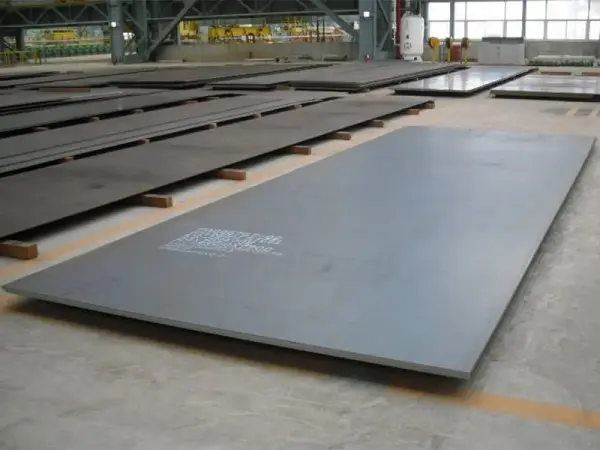- Phone0086 731 8564 8255
- E-mailsales@cscsteel-manufacturing.com
-

Carbon steel plates are widely used in construction, manufacturing, energy, and infrastructure projects, adhering to various international and national standards. These standards define the chemical composition, mechanical properties, heat treatment requirements, and testing methods to ensure quality and performance. Below are some of the most commonly referenced standards for carbon steel plates.
Continental Steel Co., Ltd is professional pipe flanges manufacturer, for more details, please contact:sales@cscsteel-manufacturing.com
ASTM A36 – General Structural Steel Plate
Description: One of the most widely used carbon steel plate standards, ASTM A36 is known for its good weldability, machinability, and moderate strength.
Applications:
✔ Structural components such as bridges, buildings, and offshore structures.
✔ Industrial platforms and base plates.
✔ Machinery and general fabrication.
ASTM A283 (Grade A, B, C, D) – Low and Intermediate Tensile Strength Carbon Steel Plate
Description: ASTM A283 covers low to intermediate tensile strength carbon steel plates, commonly used for structural applications.
Applications:
✔ Construction and civil engineering structures.
✔ Storage tanks and pressure vessels.
✔ Oil and gas industry applications.
ASTM A516 – Pressure Vessel Quality (PVQ) Carbon Steel Plate
Description: ASTM A516 is specifically designed for boiler and pressure vessel applications, requiring high toughness and weldability.
Applications:
✔ Boilers and pressure vessels in industries like petroleum, chemical, and power generation.
✔ Cryogenic storage tanks.
✔ Heavy-duty welded structures.
ASTM A537 – Heat-Treated Carbon Steel Plate for Pressure Vessels
Description: ASTM A537 plates are heat-treated (normalized or quenched & tempered) to improve strength and toughness, mainly for fusion-welded pressure vessels.
Applications:
✔ High-pressure storage tanks and vessels.
✔ Heavy-duty industrial equipment.
✔ Power plants and chemical processing plants.
ASTM A573 – High-Strength Structural Steel Plate (Carbon-Manganese-Silicon)
Description: ASTM A573 is a structural steel plate with enhanced strength and toughness, containing carbon, manganese, and silicon for better performance.
Applications:
✔ Bridges and structural steel components.
✔ Offshore and marine applications.
✔ Industrial machinery.
ASTM A572 – High-Strength Low-Alloy Structural Steel Plate
Description: ASTM A572 offers higher strength compared to A36 while maintaining good weldability and machinability. Its lower weight makes it ideal for lightweight, high-strength structures.
Applications:
✔ High-rise buildings and bridges.
✔ Construction of transmission towers.
✔ Industrial and heavy equipment manufacturing.
ASTM A737 – Pressure Vessel Steel Plate (Low Alloy)
Description: ASTM A737 is used for boilers and pressure vessels, particularly in low-alloy steel applications where high strength and notch toughness are required.
Applications:
✔ Large industrial boilers and high-temperature vessels.
✔ Oil refineries and chemical plants.
✔ Steam power generation equipment.
Other Notable Standards for Carbon Steel Plates
Apart from the ASTM standards mentioned above, carbon steel plates also conform to:
EN 10025 (S235, S275, S355, S460, etc.) – European standard for structural steel plates.
JIS G3101 (SS400, SS490, SS540) – Japanese standard for general structural steel plates.
GB/T 700 (Q195, Q235, Q275) – Chinese standard for ordinary carbon steel plates.
API 5L (X42, X52, X60, X70, etc.) – Standards for pipeline steel plates used in the oil and gas industry.
Conclusion
The choice of carbon steel plate standard depends on the specific application, mechanical requirements, and environmental conditions. Whether for structural engineering, pressure vessels, boilers, or industrial machinery, selecting the appropriate standard ensures reliable performance, safety, and longevity.




